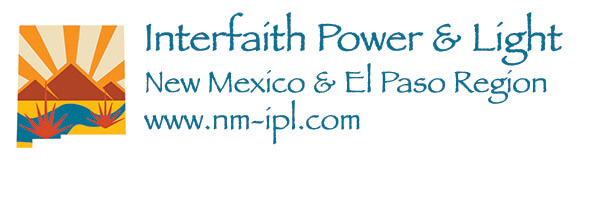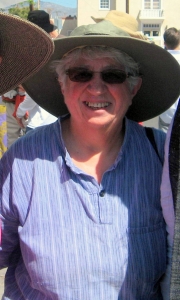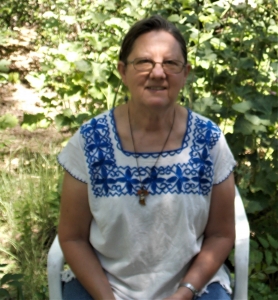 Members and supporters of New Mexico Interfaith Power & Light have prepared testimony for hearings held by the Environmental Improvement Board. The hearings, held the week of Sept. 20-24, are in support of the The New Mexico Environment Department’s (NMED) strong proposal to cut ozone-forming volatile organic compounds (VOCs) and methane released by the oil and gas industry. Here are the comments from Joan Brown, OSF, executive director of New Mexico Interfaith Power & Light.
Members and supporters of New Mexico Interfaith Power & Light have prepared testimony for hearings held by the Environmental Improvement Board. The hearings, held the week of Sept. 20-24, are in support of the The New Mexico Environment Department’s (NMED) strong proposal to cut ozone-forming volatile organic compounds (VOCs) and methane released by the oil and gas industry. Here are the comments from Joan Brown, OSF, executive director of New Mexico Interfaith Power & Light.
EIB methane hearing
Good Afternoon and thank you hearing officer and board for taking public comments on this important methane pollution rule.
My name is Joan Brown, a Franciscan Sister and Executive Director of NM IPL. NM IPL works with faith communities and people of faith and conscience all over the state to reflect, pray and act on concerns of community, health and environment as it relates to climate justice.
We learned about methane concerns some 10 years ago and have educated our thousands of members and faith leaders and offered 100s of comments as part of the process to regulate methane. We have worked with faith leaders in SE New Mexico and have been in homes of ordinary people who are concerned about the smells and voc’s. On one occasion I visited with women, mothers in a lower income neighborhood who did not understand the terrible odors coming into their house. When we went into the field near their backyard we witnessed methane pollution with powerful cameras. Going back on another occasion, we witnessed pollution months later. But, those affected do not often speak up because they are afraid of repercussions by those of power in our communities. Methane pollution is an environmental, economic and racial justice concern that needs attention and strong rules with recommendations to strengthen them is vital.
It is immoral and unethical to continue with business practices that disregard God’s creation and our communities. The only commandment that we are given from all religious traditions is to Love our neighbor and creation. Disrespect of health, the environment and life that we are given to cherish is not acceptable and it is not ethical business.
Later this week I will submit a letter signed by nearly 100 faith leaders from around the state who share the concerns about health, justice and climate. The recent UN Intergovernmental Panel Climate Change report was called a “code red for humanity” by the UN Secretary-General António Guteres’. As faith leaders we understand that code red means we all must take urgent action to care for life and our sacred Common Home.
We have a choice to continue life sacrifice zones or live into our identity a True land of enchantment and a Common Home that respects the common good.
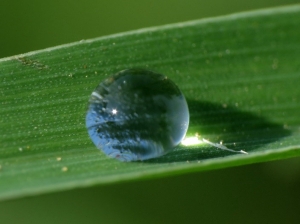 Acting for Sister Water: A Soul Emergency
Acting for Sister Water: A Soul Emergency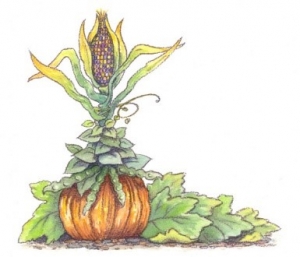 We will celebrate SEED and SPROUT Awardees who have done important work to address climate this past year. Donations accepted.
We will celebrate SEED and SPROUT Awardees who have done important work to address climate this past year. Donations accepted.